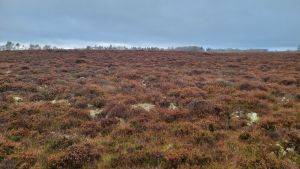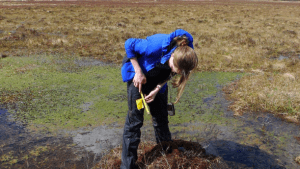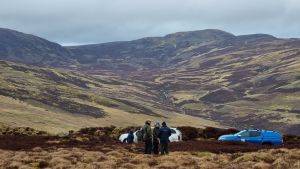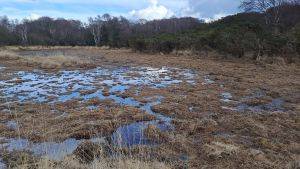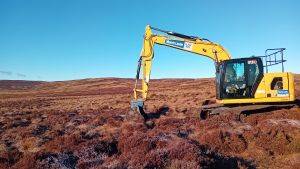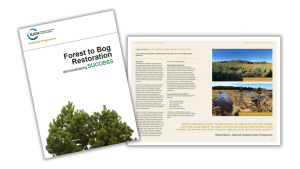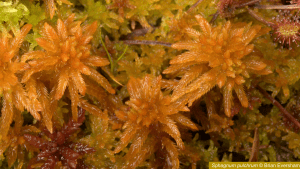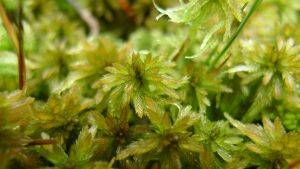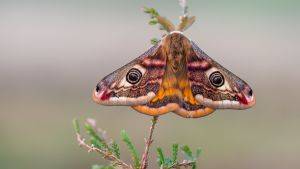MoorLIFE 2020
Introduction
The MoorLIFE 2020 project aims to restore and protect areas of Active Blanket Bog within the South Pennine Moors Special Area of Conservation, through undertaking concrete conservation activities, environmental monitoring and communication / education events.
Description
This case study focuses on the carbon saved as part of bare peat restoration that has taken place on Derwent and Howden Moor and represents just one of the conservation actions being undertaken as part of the MoorLIFE 2020 project.
Project Aims
The aims associated with the carbon audit action are:
1. Identify annually the amount of greenhouse gas emissions associated with delivering all actions (consveration, monitoring, communication and administrative) associated with the project.
2. Split greenhouse gas emission by site and activity to provide more information on maximising efficiency when managing resources.
Restoration Delivered
The following actions have so for been delivered as part of the MoorLIFE 2020 carbon audit:
1. A methodology has been developed to capture greenhouse gas emissions associated with the work undertaken by all MoorLIFE 2020 partners.
2. A methodology has been developed allowing office energy usage to be calculated for Moors for the Future Partnerships main office, the full methodology can be found in the 2016 update report located here www.moorsforthefuture.org.uk/carbon-audit. A specific methodology had to be developed for this, in order to take account of the different departments utilising the office and the different projects being undertaken by Moors for the Future Partnership staff.
3. The carbon budget figures for the bare peat restoration work undertaken on Derwent and Howden has been calculated. This figure could be calculated because the amounts of carbon going into and out of a bare peat system is identified, this is known as carbon budgeting, allowing the carbon benefit to be calculated. Whereas the carbon budgeting figures currently do not exist for other habitat types (e.g. Common Cotton Grass (Eriophorum angustifolium)) and works (e.g. Sphagnum planting).
4. Carbon emission figures of 16,783kg of Carbon Dioxide equivalents (CO2e) for all work associated with year 1 of the project has been calculated.
5. Carbon emission figures of 173,328 kg of CO2e for all work associated with year 2 of the project has been calculated. The second year represents the first full year of the project and the first time conservation actions were undertaken.
Site Activity
Project Name: MoorLIFE 2020
Organisation / Lead partner: Moors for the Future Partnership
Location: moors@peakdistrict.gov.uk
Approximate area covered: 3581 ha
Conservation Status: Site of Special Scientific Interest (SSSI), Special Area of Conservation (SAC), Special Protection Area (SPA), National Park (NP)
Predominately: Upland
Peat Habitats: Blanket bog
Year Project Began: 2015
Project End Date: 2021


